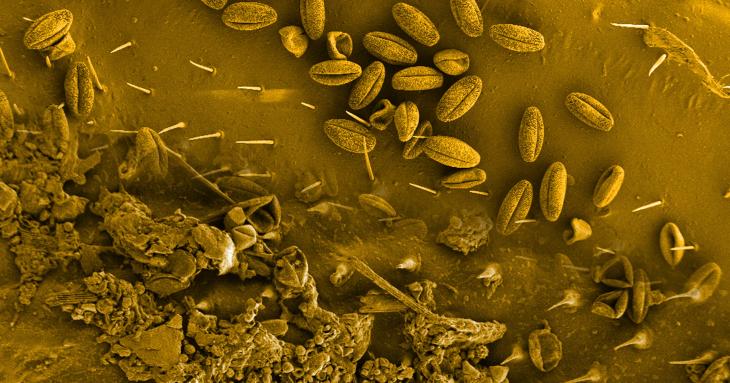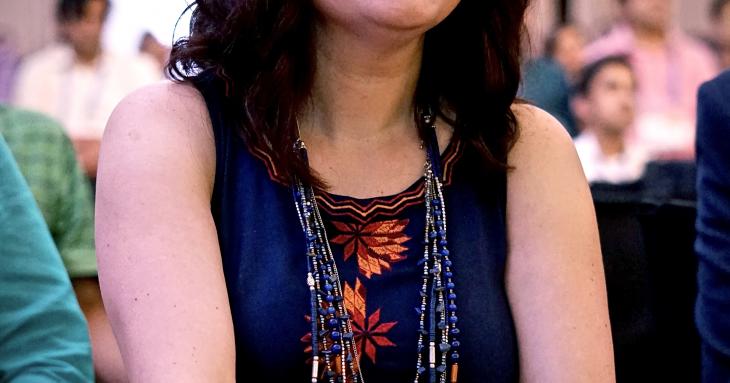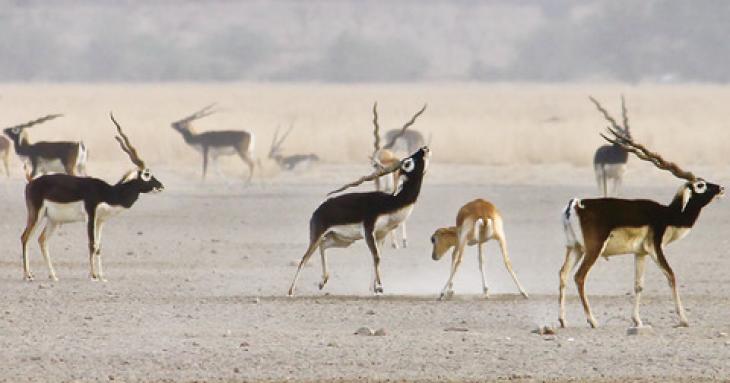-
Knowing the ways of the coffee white stem borer
Prof. Olsson and a team of researchers have been studying the coffee white stem borer. Their aim is to study the insect and the way it approaches various plants and its response to plant volatiles so that a ecologically derived management strategy can be worked out. According to her, historically, it has been noted that the beetle attacks only arabica unless the area is heavily infested. However, recent studies by the team, published in the journal Frontiers in Ecology and Evolution, have shown that this is not because the beetle is more attracted to one variety than the other.
-
Loss of smell, taste clear clue to COVID
Read about the global survey on the loss of sense of smell and taste in people with COVID-19. Dr. Shannon Olsson is part of the consortium studying this.
-
Pollution stings Bengaluru’s bees in the heart
Bees found in city’s polluted areas have irregular heart beat and poor immunity.
Scientists from the Bangalore Life Science Cluster have found that the Giant Asian honey bee (Apis dorsata) from more pollut -
Air pollution killing giant Asian honey bees: Study
A first-of-its-kind quantitative analysis on the impacts of air pollution on insects by the National Centre for Biological Sciences (NCBS), Bengaluru indicates a decline in India’s insect population, including giant Asian honey bee.
-
Air pollution impacts the health of wild pollinators
Our air is the one thing that surrounds all of us. According to the World Health Organization (WHO), 9 of the world’s 10 most polluted cities are now in India. Yet, we have almost no idea how air pollution is affecting other organisms who breathe the same air as we do. In some of the first research in the world to try to address the physiological and molecular impacts of air pollution on our wild plants and animals, scientists from the Bangalore Life Science Cluster show that air pollution could be devastating for organisms we rely on most for our own survival – like the honey bee.
-
Scientists use virtual reality to know how insects find objects
Arguing that little is known about how insects combine different sensory stimuli to find and get to objects of their interest given their size and agility, a team of researchers from National Centre for Biological Sciences (NCBS) in Bengaluru has created a virtual reality
-
Using virtual reality to understand how insects fly
“Insects are one of the very few groups of organisms that have evolved mastery of the skies, which is one of the major contributors to their immense diversity,” says Dr Shannon B. Olsson, Associate Professor at NCBS, who led the study.
-
Shannon Olsson: Understanding the Language of Nature (via Medium)
The 'Sci-Illustrate Spotlight Series' inaugural guest was Prof. Shannon Olsson from the NICE lab at NCBS.
Read about the scientists she is and her journey in Medium: https://medium.com/sci-illustrate-stories/shannon-olsson-d6be657009b2
-
Decoding how insects use visual and chemical cues to find food
Chemical ecologist Shannon Olsson and neuroscientist Karin Nordström employ 3-D printing and virtual reality to answer pressing questions about pollinators
-
The scent of a man: what odors do female blackbuck find enticing in a male?
It is midday in mid-April, and the air shimmers with heat. From the shelter of an acacia tree, one of the few spots of shade in the flat, slightly undulating land, a small group of scientists intently observe a congregation of male blackbuck sitting or standing somnolently atop its own pile of odoriferous dung.











